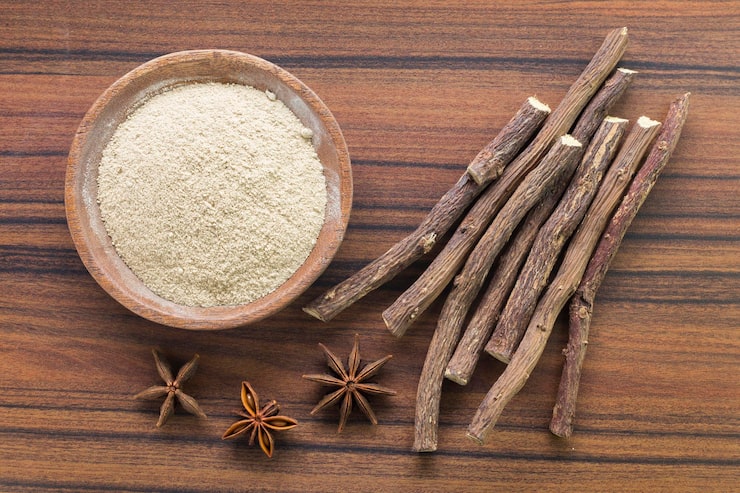Maca root and ashwagandha are two well-known medicinal herbs with long histories of traditional use. They come from different parts of the world but are often used for similar reasons.
In this article, we look at the main differences between them and whether it’s safe and useful to take them together.

Can you take maca root and ashwagandha together?
Quick answer: Yes. Maca and ashwagandha can be taken together safely. They tend to complement each other, offering benefits like more energy, better stress handling, and increased libido, with no known harmful interactions.
A bit of background
Maca was a staple for Incan warriors in the Andes, while ashwagandha has been a key herb in Ayurveda for centuries. Both are considered adaptogens—natural herbs that help the body cope with stress and keep systems in balance. Adaptogens support the HPA axis (the hypothalamus-pituitary-adrenal system), which helps control stress hormones like cortisol and affects how we respond to stress.
How their adaptogenic effects differ
Both herbs are linked to better energy and sexual health, but they work in different ways:
– Ashwagandha: Often boosts vitality by supporting hormone production, especially testosterone, which can increase energy, libido, and strength. Some research also suggests it may improve male fertility by increasing sperm count and motility.
– Maca: Known for improving sexual function and fertility, maca may help raise sperm concentration. In one 12-week study, men taking 2 grams of maca daily had a notable increase in seminal concentration. Unlike ashwagandha, maca doesn’t appear to change hormone levels directly; its effects likely come from its rich mix of vitamins, minerals, and amino acids that support reproductive health.
Nutrients and overall effects
Both herbs contain antioxidants, which support the immune system and protect against oxidative stress. Their different nutrient profiles help explain why they affect the body in distinct ways.
Using them together
There are no known negative interactions between maca and ashwagandha, so they can be a safe, complementary combination. Ashwagandha’s calming qualities may help improve sleep and regulate hormones, while maca’s energizing effects can boost libido and daytime vitality. Together, they can support balanced energy, better stress management, and overall well-being.
Safety and dosing
Both herbs are generally considered safe with few reported side effects, but long-term effects—especially when used together—aren’t fully known. It’s wise to start with lower doses, use them moderately, and talk to a healthcare professional if you have any concerns.
Related articles:
– Magnesium and Ashwagandha: Benefits, Side Effects & More
– Can you take Ashwagandha and St. John’s Wort together?
– Can I take Ashwagandha and Ginseng together?
– Can I take Ashwagandha and 5-HTP together?